London’s East End might be famous for its markets, curry houses, and trendy galleries, but tucked away in its winding streets are some extraordinary museums that most visitors never discover. These aren’t your typical tourist traps with endless queues and overpriced gift shops. Instead, they’re intimate spaces where passionate curators have preserved slices of history that might otherwise have been forgotten.
From quirky collections housed in Victorian buildings to specialized exhibits that tell the untold stories of London’s working-class heritage, these hidden gems offer something you won’t find in any guidebook. Here is a list of 14 hidden museums in London’s East End that deserve a spot on your next adventure through this historic corner of the city.
Dennis Severs’ House
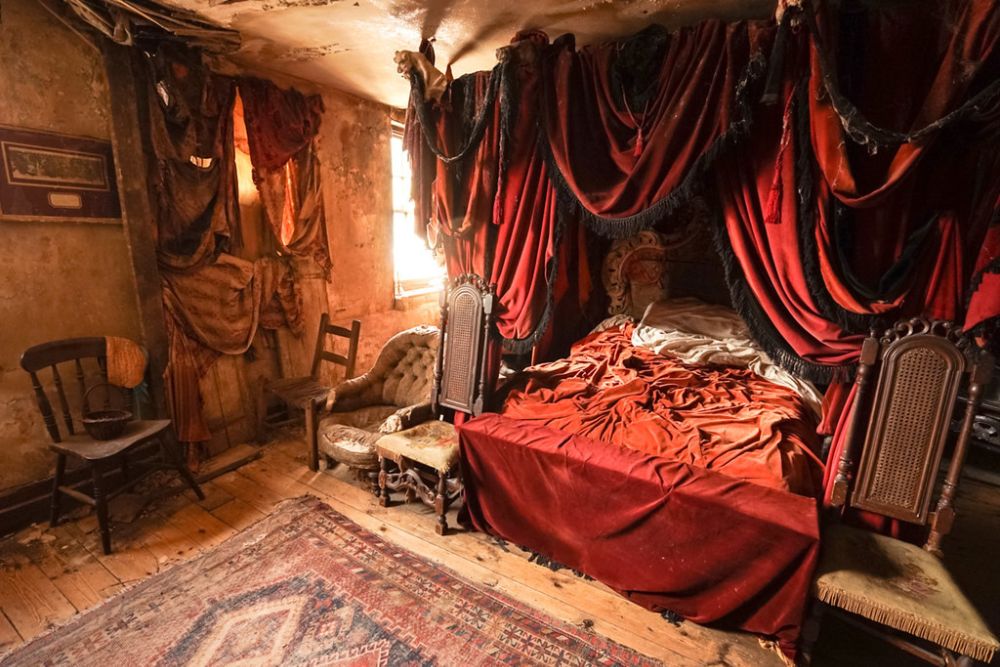
This isn’t technically a museum in the traditional sense, but Dennis Severs’ House operates like a living time capsule that transports you directly into 18th-century London. The Georgian townhouse on Folgate Street has been meticulously restored to feel as though a family of Huguenot silk weavers just stepped out for tea. Each room tells a story through carefully placed objects, from half-eaten meals on tables to rumpled bedsheets and flickering candles.
The experience is deliberately theatrical, with visitors encouraged to move through the house in complete silence, allowing the creaking floorboards and distant sounds to create an almost supernatural atmosphere that makes you feel like you’re walking through someone else’s dreams.
Vagina Museum
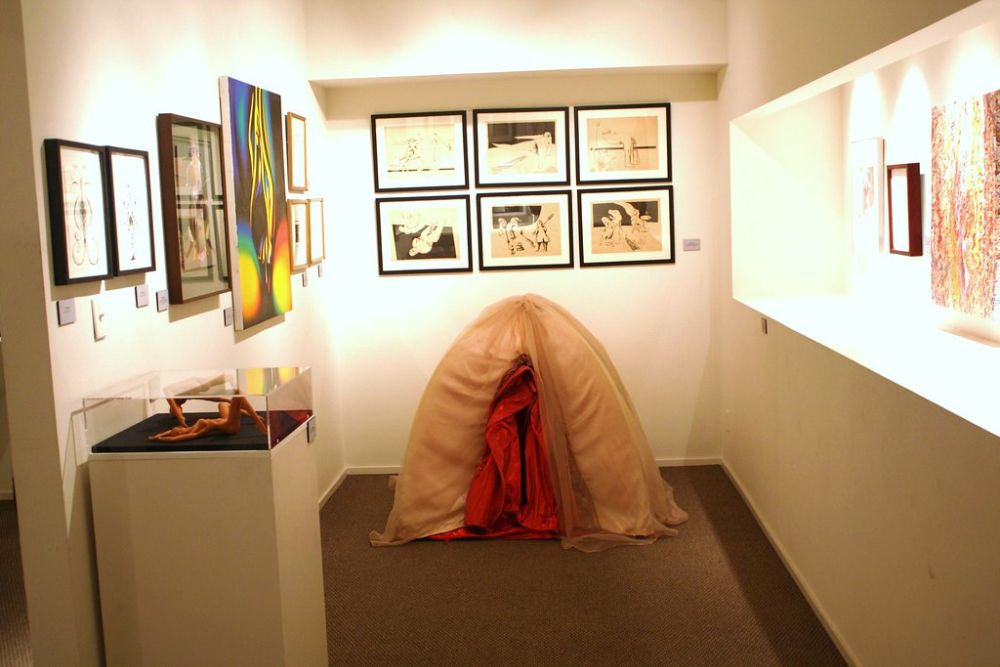
Located in Bethnal Green, this groundbreaking museum tackles topics that have been shrouded in unnecessary mystery for far too long. The exhibits focus on anatomy, health, and the cultural significance of female reproductive organs throughout history, presented with both scientific accuracy and refreshing humor.
You’ll find everything from ancient fertility symbols to modern art installations, all designed to educate and normalize conversations about women’s bodies. The museum’s approach is matter-of-fact yet engaging, making complex medical and social topics accessible to visitors of all ages while challenging centuries of taboos and misconceptions.
Like Travel Pug’s content? Follow us on MSN.
Ragged School Museum
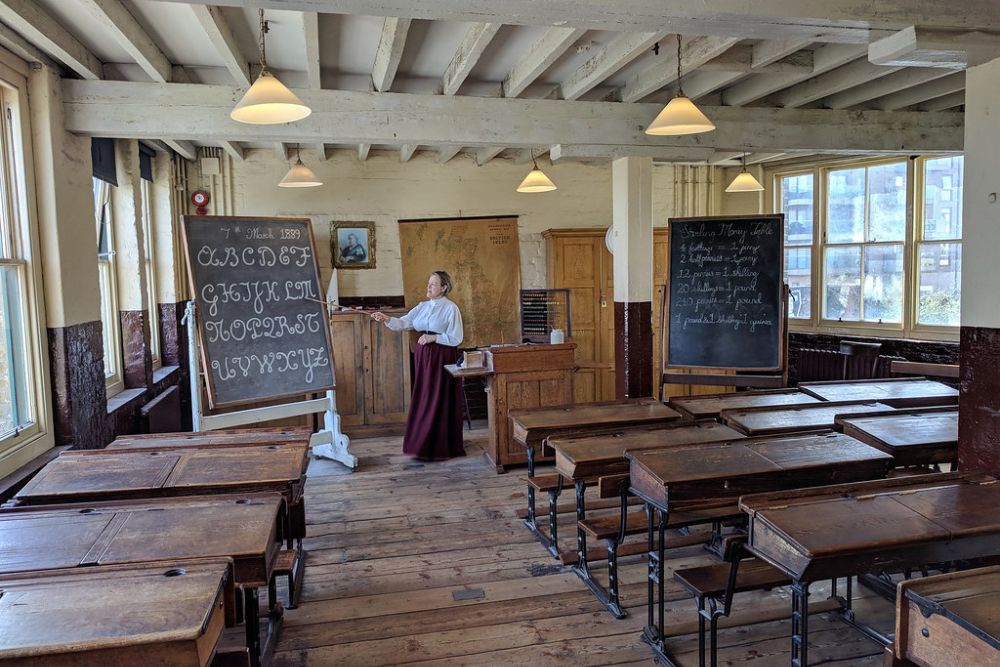
This Victorian warehouse on Copperfield Road once served as a free school for the poorest children in London’s East End, and today it offers a fascinating glimpse into 19th-century education and social reform. The museum has recreated an authentic Victorian classroom complete with wooden desks, slate boards, and strict teaching methods that would make modern students grateful for their current schools.
Visitors can experience what it was like to be a child in the 1880s, when education was a luxury most families couldn’t afford. The museum also explores the broader social conditions that made such schools necessary, painting a vivid picture of London’s industrial past and the reformers who fought to improve children’s lives.
Young V&A
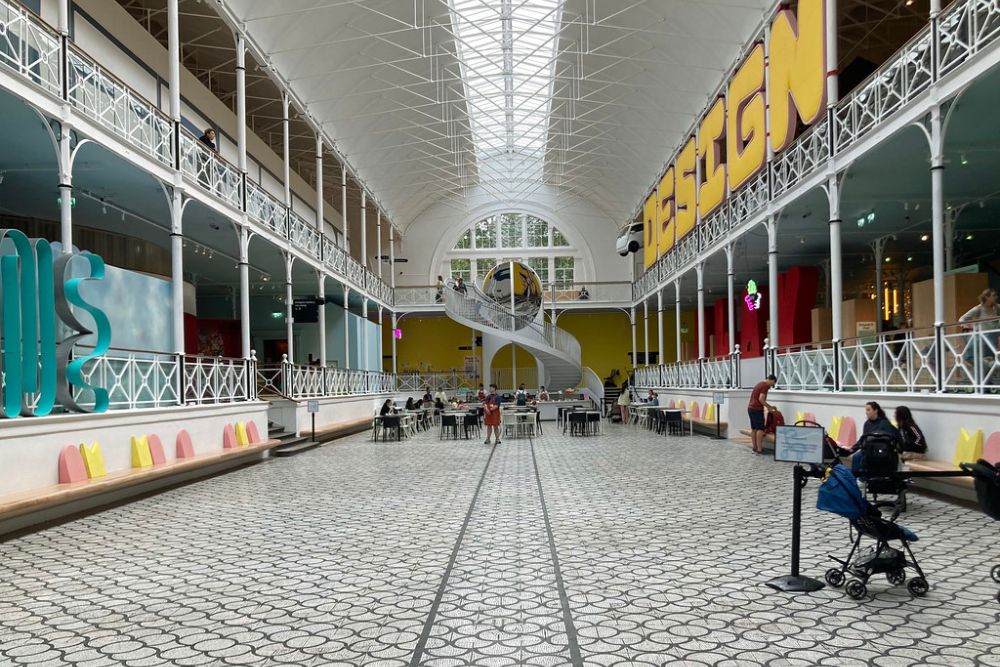
Though it’s part of the famous Victoria and Albert Museum, this Bethnal Green outpost—now called the Young V&A—feels like a completely different world. Housed in a stunning Victorian iron and glass building that was originally constructed for the South Kensington site, the museum contains one of the world’s largest collections of childhood objects.
From antique dolls and toy soldiers to vintage board games and children’s clothing, the exhibits trace how childhood has evolved over the centuries. The building itself is worth the visit, with its soaring cast-iron architecture creating a cathedral-like space that makes even the smallest toy seem significant and worthy of preservation.
Whitechapel Gallery
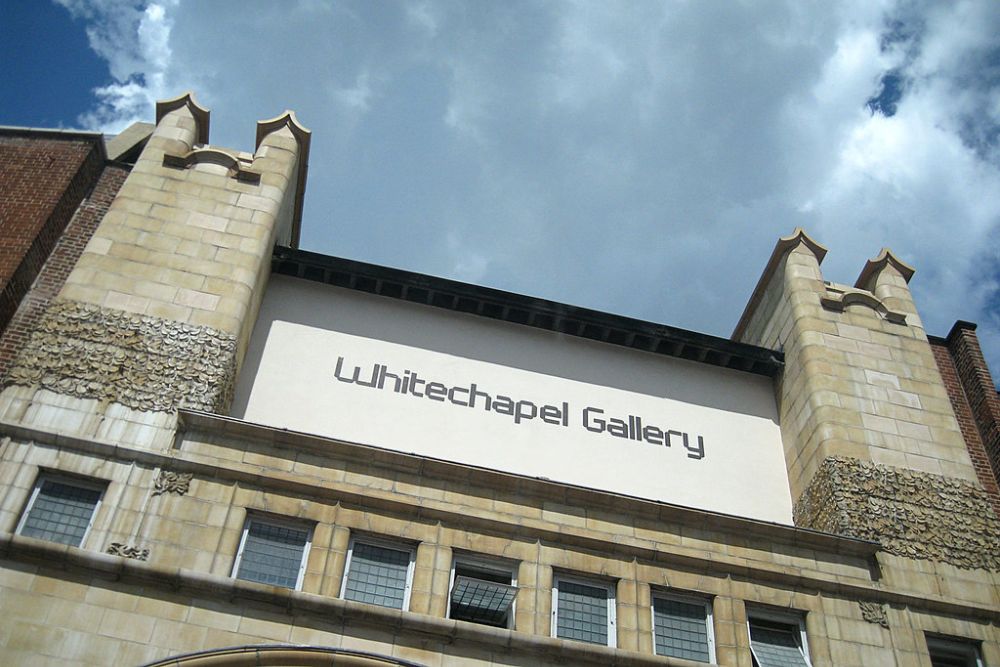
While not exactly hidden, this influential contemporary art gallery often gets overlooked by tourists rushing between more famous destinations. Since 1901, it has been showcasing cutting-edge art that challenges conventional thinking, often giving emerging artists their first major platform. The gallery’s stark white walls and industrial aesthetic create the perfect backdrop for experimental installations and provocative exhibitions that might feel out of place in more traditional settings.
Many artists who later became household names, including Pablo Picasso and Jackson Pollock, had their first UK exhibitions here, making it a crucial stop for anyone interested in understanding how contemporary art movements develop and spread.
Like Travel Pug’s content? Follow us on MSN.
Geffrye Museum
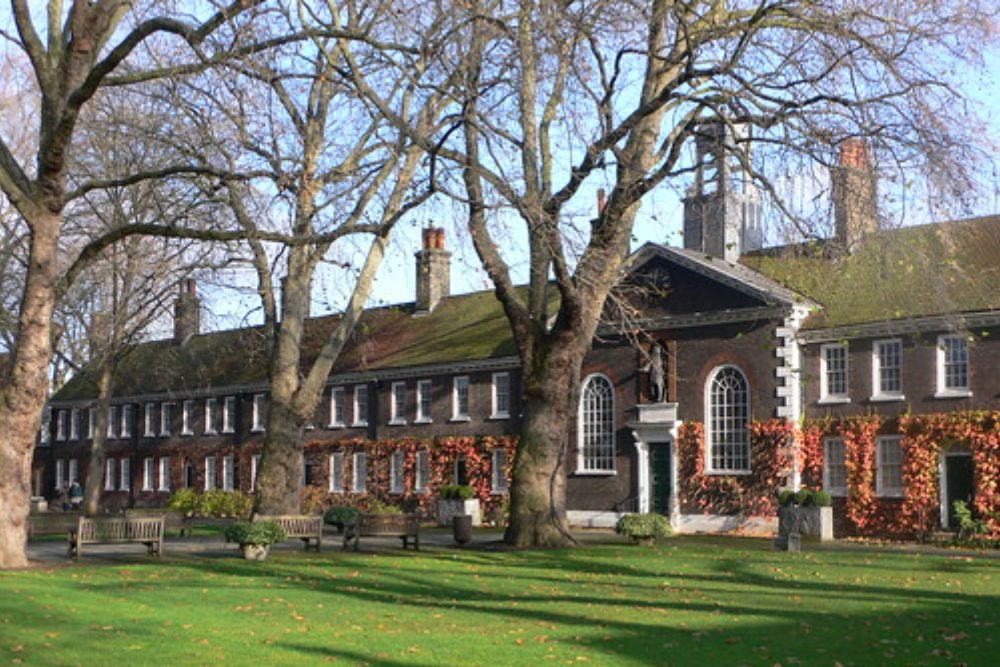
Now known as the Museum of the Home, this institution occupies a series of beautiful 18th-century almshouses that once provided housing for the elderly poor. The museum traces the evolution of domestic life through meticulously recreated room settings that span 400 years of British history. Each period room is furnished with authentic pieces that show how ordinary people lived, from Tudor simplicity to Victorian excess to modern minimalism.
Walking through these spaces feels like time travel, as you can literally see how concepts of comfort, privacy, and family life have changed. The museum’s herb garden adds another layer of historical authenticity, showing how people grew their own medicines and seasonings before supermarkets existed.
Tower Hamlets Local History Library and Archives
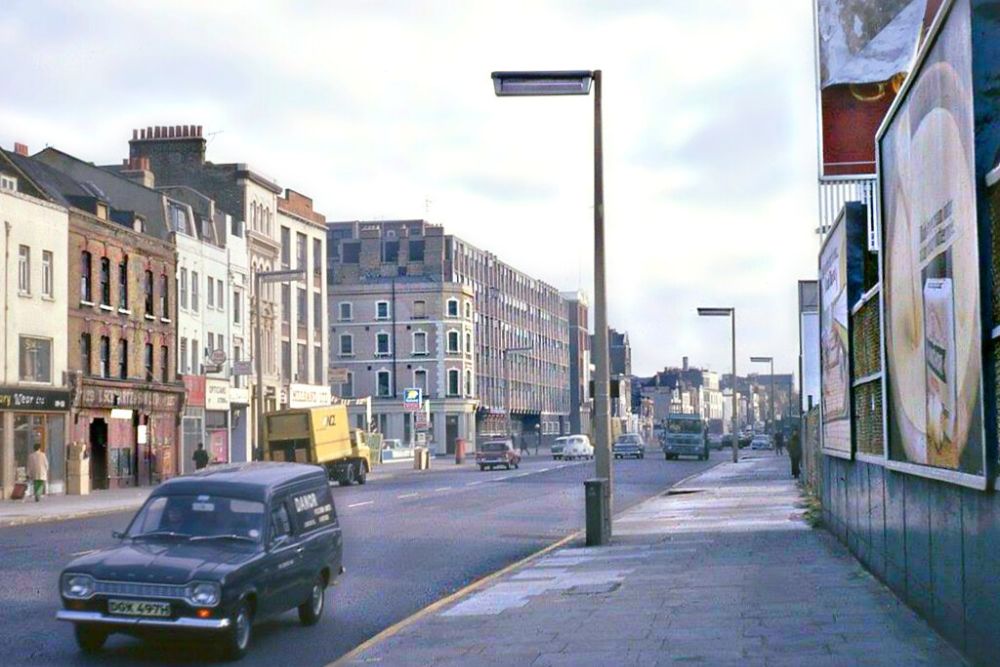
This might sound like a dry academic institution, but the archives contain some of London’s most fascinating untold stories. The collection includes everything from medieval documents to photographs of the Blitz, providing an intimate look at how ordinary people lived through extraordinary times.
The staff are passionate about local history and can guide you toward documents and images that bring the East End’s past to life in ways that textbooks never could. You might discover records of your own family if they lived in the area, or simply browse through collections that reveal how neighborhoods have changed over the centuries.
Sutton House
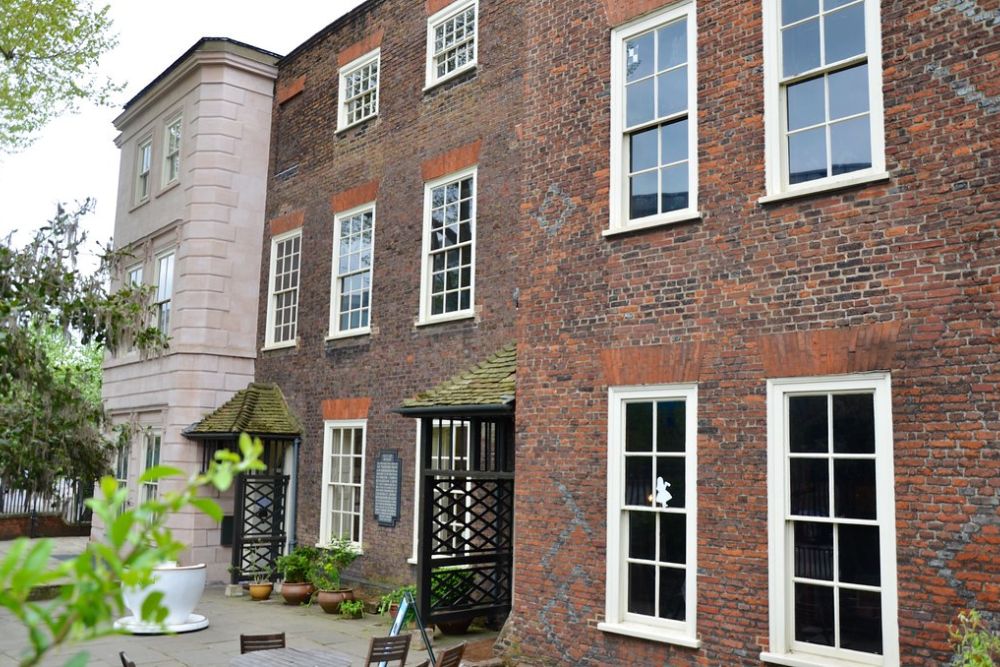
This Tudor mansion in Hackney is one of the oldest residential buildings in East London, built in 1535 when the area was still countryside. The house has served many purposes over the centuries, from private residence to school to squat, and each era has left its mark on the building. Visitors can explore rooms that showcase different periods of its history, including original Tudor wall paintings and Georgian renovations.
The contrast between the house’s grand past and its gritty urban surroundings creates a surreal experience that highlights how dramatically London has changed. The building’s survival through 500 years of war, development, and social upheaval makes it a remarkable testament to architectural resilience.
Like Travel Pug’s content? Follow us on MSN.
The Nunnery Gallery
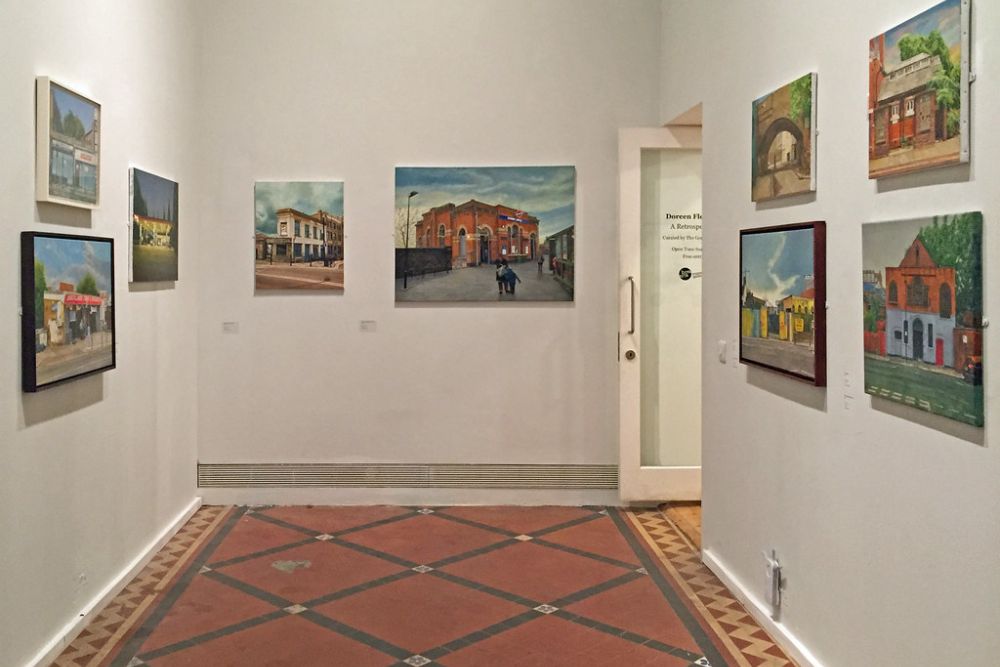
Tucked away in a converted Victorian chapel, this contemporary art gallery focuses on experimental and socially engaged art that often addresses issues affecting local communities. The gallery’s programming tends to be more radical and politically conscious than what you’ll find in commercial spaces, featuring artists who use their work to comment on gentrification, immigration, and social justice.
The building itself adds gravitas to the exhibitions, with its high ceilings and stained glass windows creating an almost sacred atmosphere for viewing art. Many of the artists shown here are emerging talents who bring fresh perspectives to ongoing social and political conversations.
Rich Mix

This cultural center in Bethnal Green occupies a striking modern building that houses multiple venues under one roof, including galleries, performance spaces, and a cinema. The programming reflects the area’s diverse population, with exhibitions and events that celebrate different cultural traditions while addressing contemporary issues. The building’s bold architecture, with its colorful facade and innovative use of space, makes it a landmark in its own right.
Rich Mix serves as a community hub where local residents can engage with art, film, and performance in an accessible, non-intimidating environment that encourages participation rather than passive observation.
Chisenhale Gallery
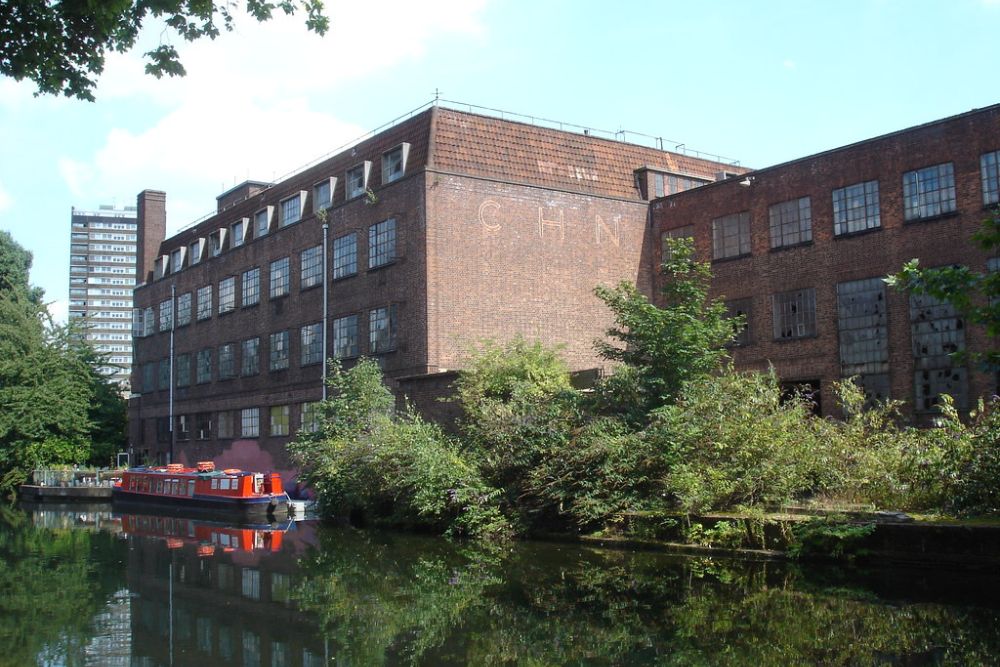
This artist-run space in a converted Victorian veneer factory has been supporting experimental contemporary art since 1986. The gallery’s commitment to commissioning new work means that every exhibition features pieces created specifically for the space, resulting in shows that feel fresh and unpredictable. The industrial setting provides a raw backdrop that allows artists to create installations that might not work in more polished environments.
The gallery’s reputation for discovering and nurturing emerging talent has made it a crucial stop for anyone interested in seeing where contemporary art is heading rather than where it’s been.
Like Travel Pug’s content? Follow us on MSN.
Four Corners
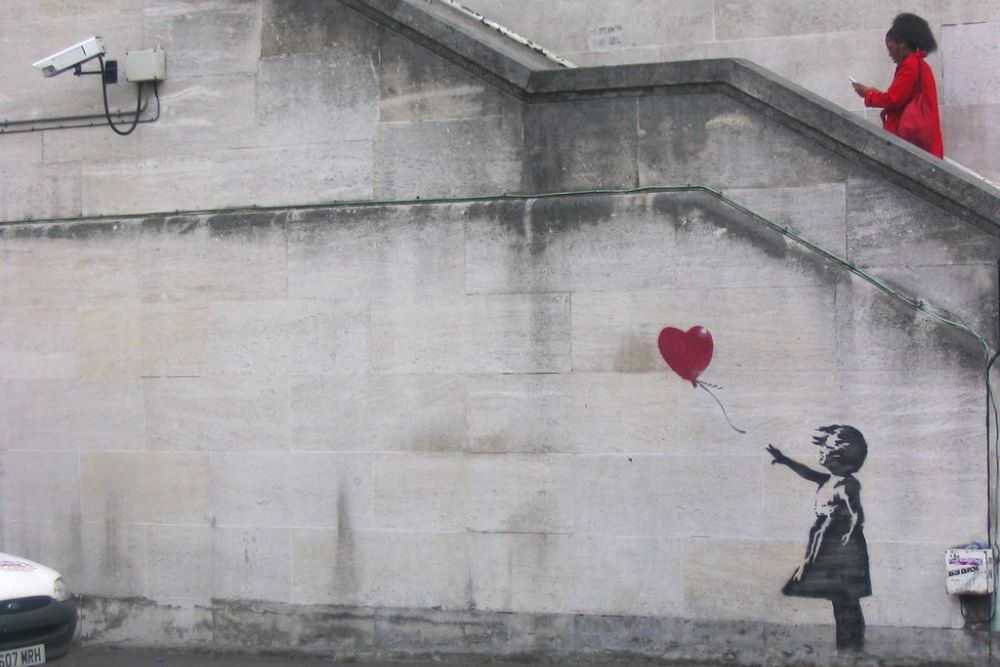
This photography gallery and education center occupies a former Victorian public house and focuses on documentary photography that explores social and political issues. The exhibitions often feature work by photographers who have spent years documenting specific communities or social movements, resulting in shows that feel both intimate and urgent.
The gallery’s educational programs teach local residents photography skills, creating a dialogue between professional artists and community members. The building’s history as a pub adds an appropriately communal feel to the space, encouraging visitors to linger and engage with the work rather than simply passing through.
Bow Arts Trust
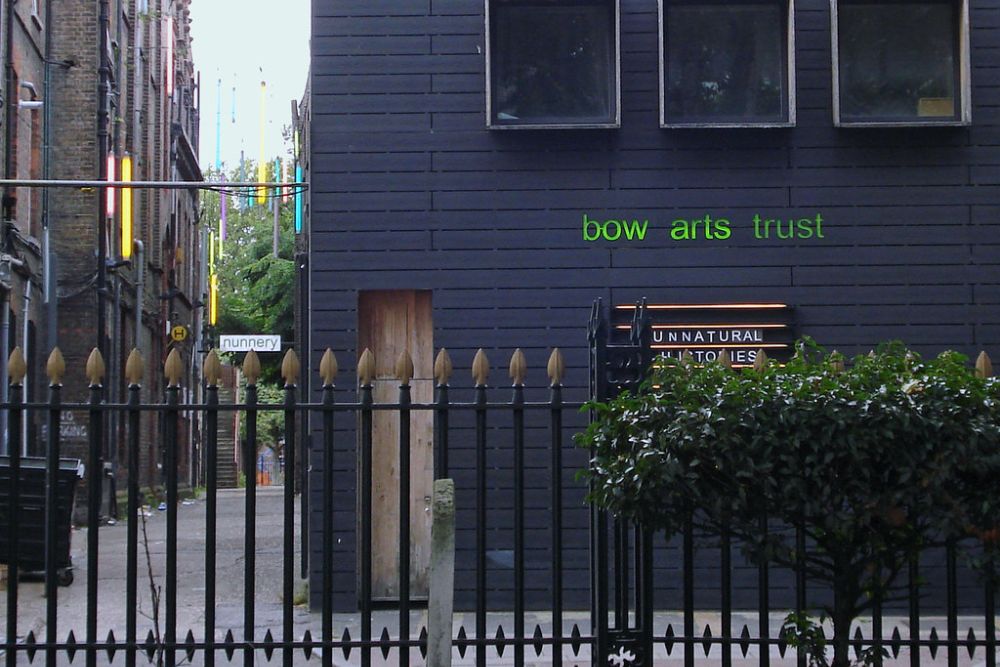
This organization operates multiple gallery spaces throughout the East End, often in converted industrial buildings that provide dramatic settings for contemporary art. The trust’s mission to support artists by providing affordable studio spaces and exhibition opportunities has made it a vital part of the local arts ecosystem.
The galleries frequently feature work by artists who live and work in the area, creating a strong connection between the art and its environment. The industrial settings, from former factories to converted warehouses, add an authentic grittiness that complements the often experimental nature of the work being shown.
Whitechapel Bell Foundry
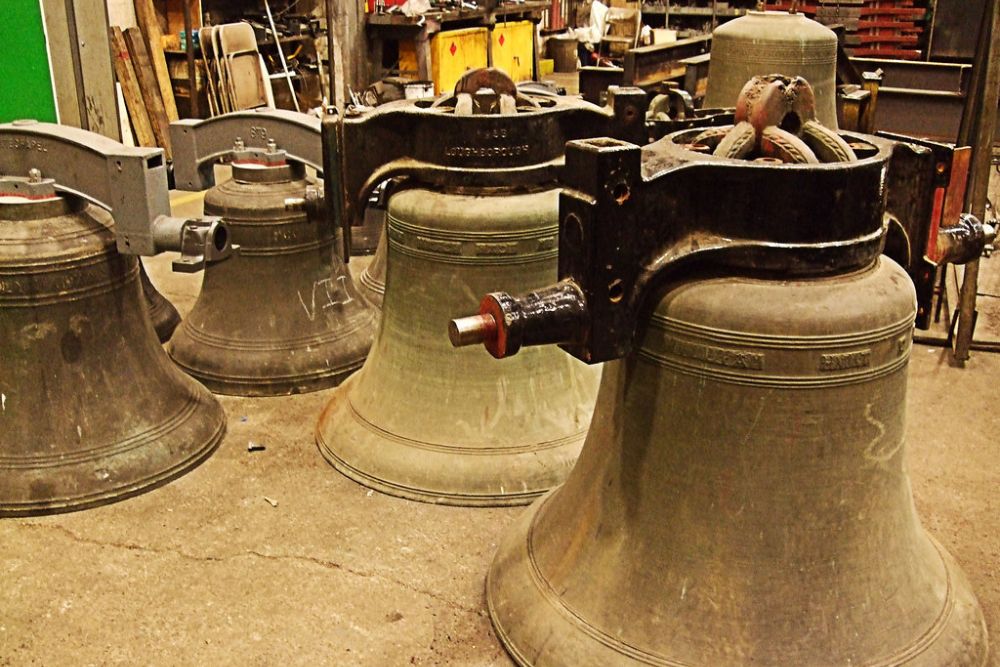
Though it recently closed as a working foundry, this historic site where Big Ben and the Liberty Bell were cast remains one of London’s most significant industrial heritage sites. The building dates back to 1670 and represents an unbroken tradition of bell-making that spanned over 400 years.
While the foundry’s future remains uncertain, its legacy as Britain’s oldest manufacturing company makes it a crucial piece of London’s industrial history. The building itself, with its Georgian facade hiding centuries of metalworking heritage, represents the kind of specialized craftsmanship that once defined the East End’s economy.
Like Travel Pug’s content? Follow us on MSN.
East End Stories Continue
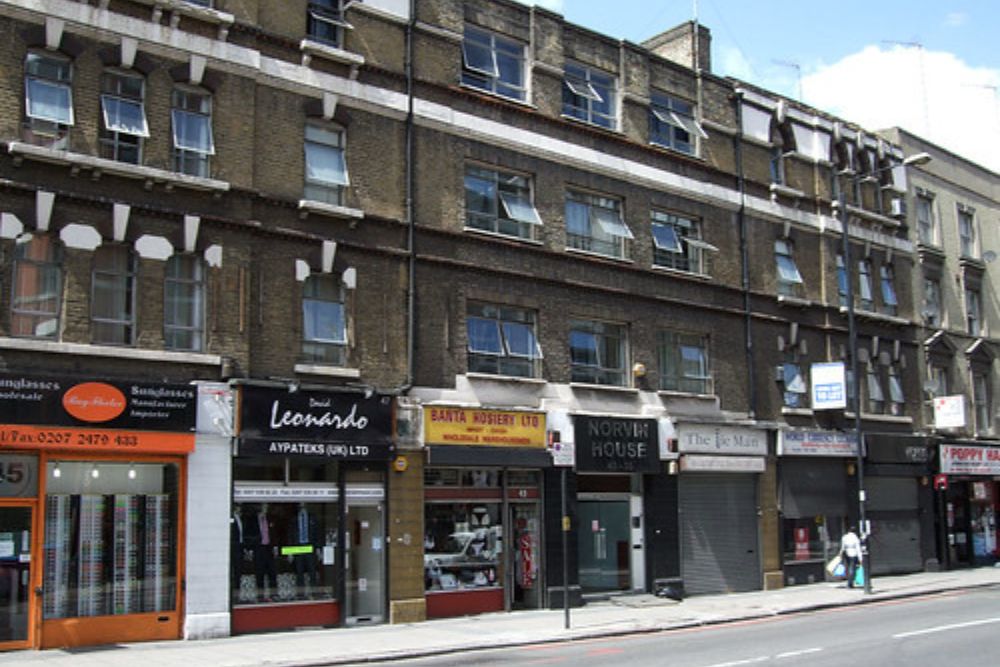
These hidden museums and galleries represent more than just cultural attractions; they’re living proof that London’s East End continues to evolve while honoring its complex past. Each space tells part of a larger story about how communities preserve their heritage, adapt to change, and create new forms of expression. The neighborhood’s transformation from working-class enclave to creative hub hasn’t erased its character but rather added new layers to an already rich historical tapestry.
Whether you’re interested in Victorian social reform, contemporary art, or the everyday lives of ordinary people, these hidden gems offer perspectives on London that you won’t find anywhere else. The East End’s ability to surprise and educate visitors through these intimate cultural spaces proves that the most meaningful discoveries often happen when you venture off the beaten path.
More from Travel Pug

- 20 Best Beach Towns in the Carolinas
- 13 Destinations Where Tourists Regularly Regret Their Trip
- 20 Things You Actually Get in First Class
- 20 Small Airports With Aviation Museums
- 20 Places in the U.S. That Are Perfect for a Reset Trip
Like Travel Pug’s content? Follow us on MSN.
